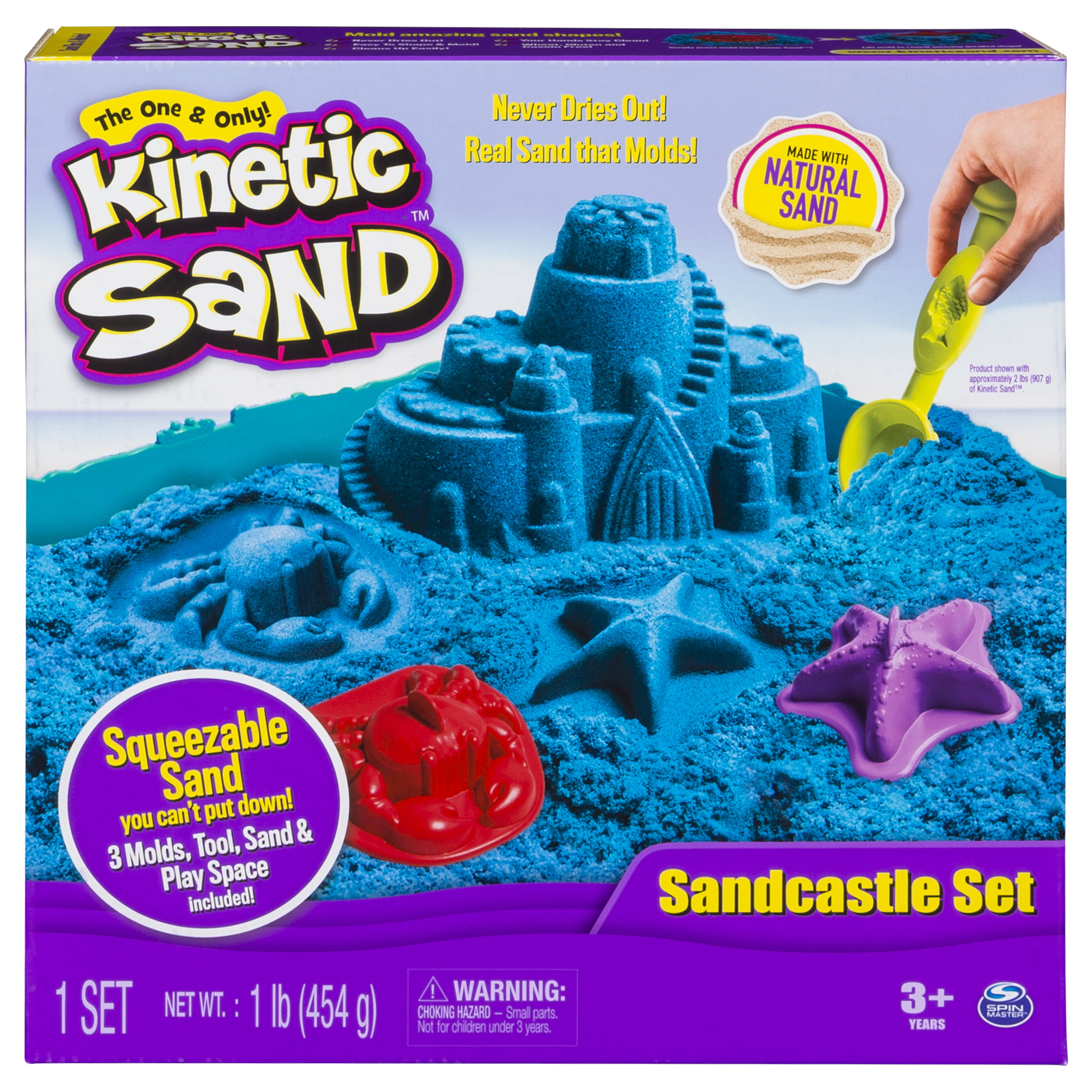

The other main composition of sand consists of the calcium carbonate, which is formed by corals and shellfish around billions of years ago. It is a naturally occurring granular material composed of finely divided rock and mineral particles. An individual particle in this range size is termed as a sand grain. In terms of particle size according to the geologists, sand particles range in diameter from 0.0625 mm (or 1⁄16 mm) to 2 mm. The changes and reactions occurred in the clay causes them to get converted into ceramic materials. In modern era, it has gained importance in the field of construction, industries, crockery and pot making, medicinal cosmetics, etc.

They exhibit plasticity when mixed with water and becomes firm and hard on drying, due to these properties, clay are used in many applications. It includes many solvents, which are generally acidic, and migrate due to the weathering of rocks, after leaching off the weathered upper layers. It is formed by many natural activities, which includes gradual chemical weathering of rocks, hydrothermal activities, and the secondary sedimentary deposition process, caused due to the erosion and transportation from the original location of formation.Ĭlay is also known as primary clay (also known as kaolin), which are located at the site of formation, and secondary clay, which are the deposits moved by erosion and water from the primary location. It is a combination of clay minerals, which consists of the traces of metal-oxides and organic matters. It is found everywhere and has numerous uses and applications. In simple terms, clay is a special kind of earth which is made by the decomposition of rocks through the action of weathering. The clay is a stiff, sticky fine-grained earth, whereas sand is a loose granular substance. Key difference: Clay and Sand differ in their particle size.


 0 kommentar(er)
0 kommentar(er)
